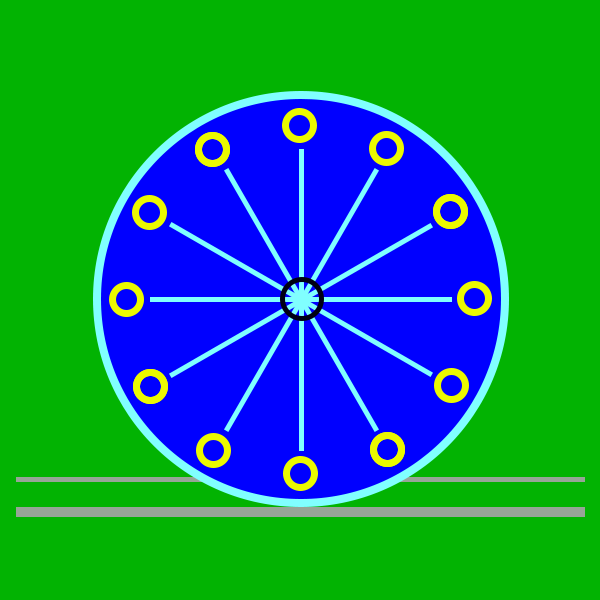Mentioned People
Duca d'Aiguillon (Troyes (F) 1720 - 1782)
Emmanuel Armand de Vignerot du Plessis, count of Argenois and Duke of Aiguillon (1720-1788) was Governor of Brittany (1753-1758) and from 1771 Foreign Minister of King Louis the XV of France
Charles De Brosses (1709-1777)
French writer.
A very cultured man he studied history, geography, archaeology and languages.
He wrote “Lettres familiéres écrites d’Italie en 1739 et 1740” as a result of his stay in Italy.
The Roman environment where he lived for a while, is described with a lively style, sometimes disrespectful and biting but never common.
César François Cassini de Thury (1714-1784)
Cassini was the son of Jacques Cassini and the third descendant of the Genoese family of Cassini that settled in Paris in 1671 at the request of Minister Colbert for the construction of the Observatoire de Paris.
Scientist, astronomer, like his ancestors, he defined the study of the base meridian which allowed him to create the map of France which takes its name.
It was created when he was Director of the Académie des Sciences et de l’Observatoire de Paris at the request of King Louis the XV.
The “Carte de Cassini” consists of 180 folios which measure 104 x 73 154 cm and 26 with various measures at the scale of 1/86400.
Cicero (106-43 BC)
(Marcus Tullius Cicero) born at Arpino, was one of the most important figures of Roman antiquity. His vast literary production, from political orations to writings on philosophy and rhetoric, not only offered a valuable portrait of Roman society in the last troubled years of the republic, but also served as an example for all authors of the 1st century B.C. (so much so that he can be considered the model of classical Latin literature).
Giuseppe Garibaldi (1807-1882)
born in Nice, a condottiero, patriot, political fighter and man of action, Garibaldi is known by the appellation ” Hero of Two Worlds”. His valour crossed the national borders of Italy to Latin America, where he fought for the liberation of several countries.
Horace (65-8 BC)
(Quintus Horatius Flaccus) born in Venosa (Venusia) lyric roman poet.
Carlo Labruzzi (1748-1817)
Artist member of the Academy of the Pantheon Virtuous, and of the San Luca Academy, he was estimated by the numerous English gentlemen who resided in Rome during the golden time of the “Gran Tour”.
He took par in the artistic archaeological expedition organized by Sir Richard Colt Hoare which was supposed to cover the distance between the Via Appia from Rome to Brindisi. The journey was interrupted because of the weather but this did not prevent Labruzzi to complete more than 400 drawings that are a unique evidence of the conditions the Ancient Via Appia in the 18th Century.
Giuseppe Lugli (1890-1967)
Italian Archaeologist
Professor of roman topography at Rome University he wrote various works on this topic with particular reference to excavations undertaken in Rome:
Ancient Roman and sub-urban monuments
The harbour of Imperial Rome
The Monumental Centre of Ancient Rome
Jean Baptiste Ogée (1728-1789)
French engineer- geographer an 18th century, who entered from 1748 on the staff of the Administration des Ponts et Chaussés (Ministry of public works). He published, among other things, a “Dictionnaire historique et géographique de la province de Bretagne en 4 volumes” still available online
Massimo Pallottino (1909-1995)
Roman archaeologist.
Highest representative of modern Etruscology, lead archaeological excavations in Cerveteri.
He was professor at Cagliari and Rome University and wrote among others the following work :
Rudiments of Etruscan language
The origin of the Etruscans
Etruscan- Italic artistic civilization.
Lorenzo Quilici
Professor of ancient topography at Bologna University
